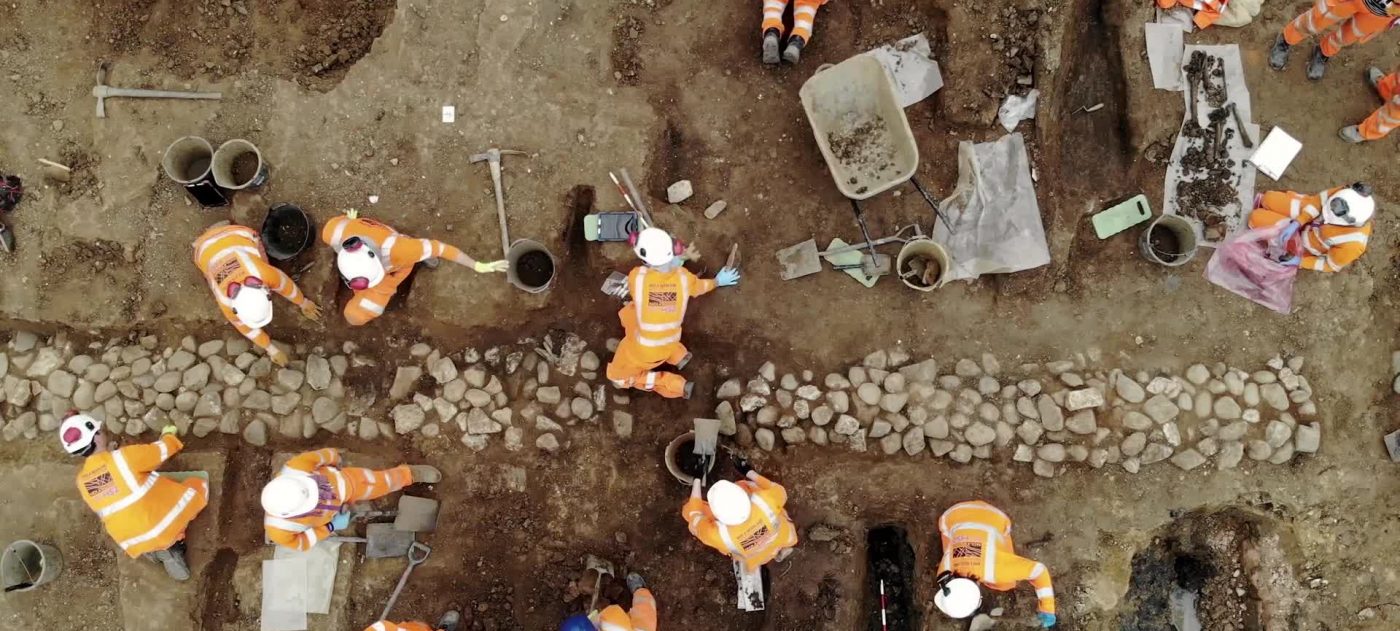
West Ruislip Golf Course
Archaeological works taking place on West Ruislip Golf Course have revealed over 45,000 years of history.
Evidence of human activity in Hillingdon has been uncovered from the last Ice Age (when the climate was cooling ahead of the last glaciation) to 800-year-old medieval kilns and agriculture – which made use of the natural resources in Ruislip and its surrounding area.
All sorts of objects have been found when excavating the site, including items which were lost, such as worked stone tools – which can be hundreds of thousands of years old – jewellery and coins. Other items unearthed were sometimes deliberately buried, such as the Hillingdon Hoard, which is 2,000 years old.
A lot of objects found are simply items that people have thrown away, from 6,000-year-old broken pottery to food wrappers from the 1970s.
These finds all add to the rich picture we form of what life was like in Ruislip over time – the work people did, how they lived and even the food they ate.
Eventually some of these finds will be displayed in local and national museums for everyone to enjoy and learn from.
Mapping West Ruislip’s past
With much of the golf course publicly accessible throughout the construction of the new railway, HS2 contractors – Skanska, Costain and STRABAG joint venture (SCS JV) – have created a special map that helps local people discover the archaeology uncovered on their doorstep.
Explore archaeology we’ve uncovered at West Ruislip Golf Course with our bespoke map.
Digital copy of the ‘Mapping West Ruislip’s past’ trail
Archaeologist Dr Emma Tetlow has been working on HS2 sites for five years and explains what to look out for as you explore the golf course.